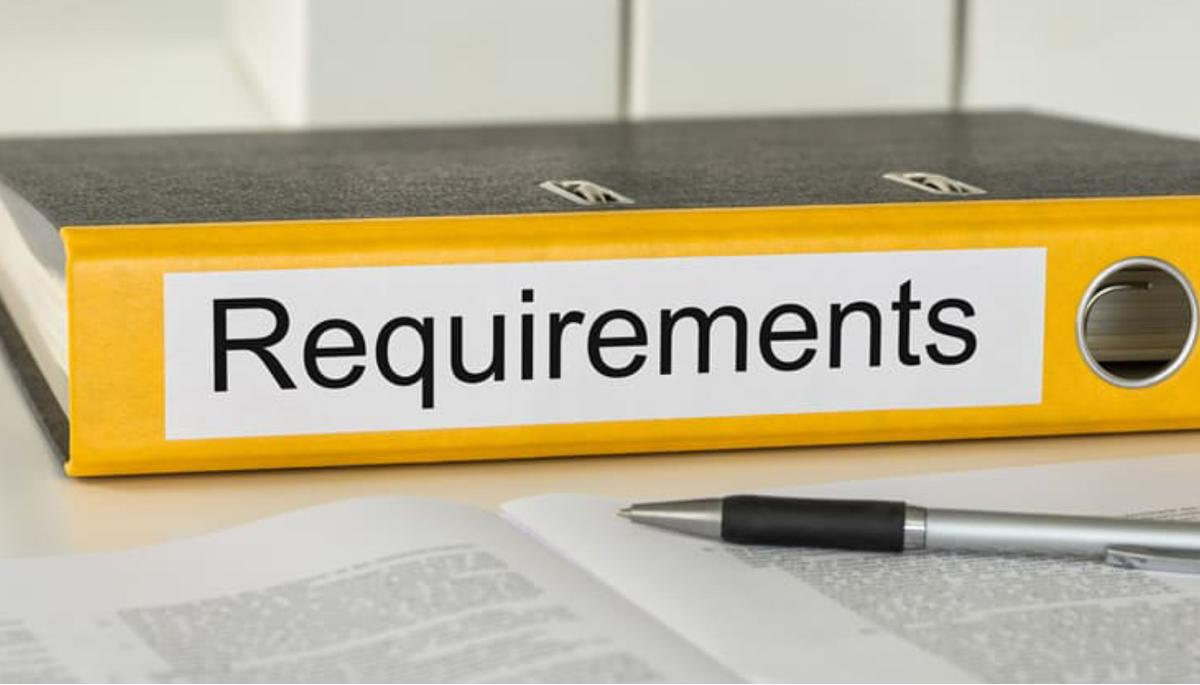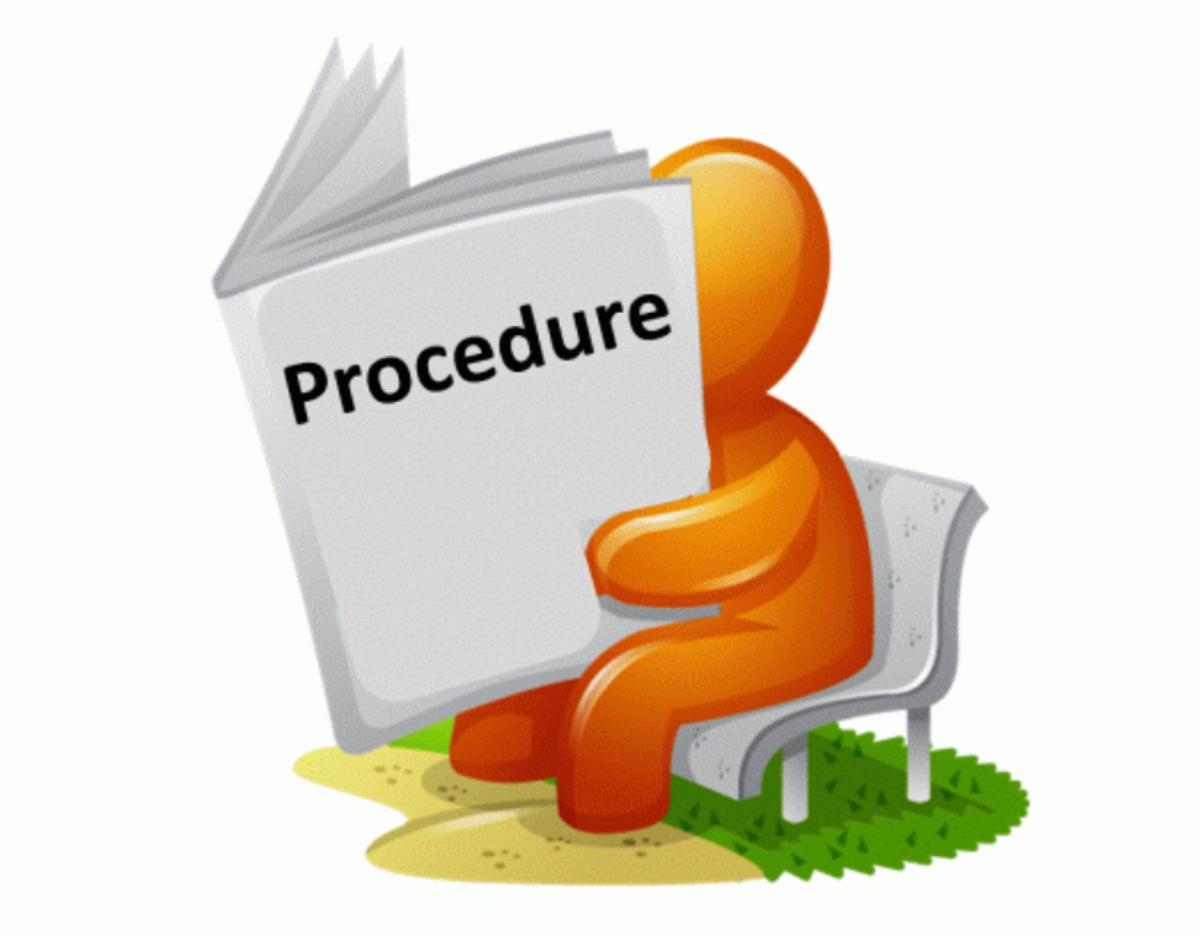Victorian Certificate of Education (VCE)

The Victorian Certificate of Education (VCE) is awarded on the basis of satisfactory completion of units. Generally speaking, VCE is completed across Years 11 and 12, however, at St Anne’s College, students may have the opportunity to commence VCE Units 1 and 2 in Year 10.
The VCE is a valuable pathway to university, Technical and Further Education (TAFE) and the world of work. It is also possible to do a VCE Vocational Education and Training program (VCE VET) or a School-Based Apprenticeship or Traineeship (SBAT) within the VCE. This will need to be negotiated with the college.
The VCE program is a set of units that are completed over a two-year period. Each study generally consists of Units 1-4, with Units 1 and 2 usually completed at Year 11 and Units 3 and 4 at Year 12. Satisfactory completion of Units 1 and 2 are determined by the school. Units 3–4 sequences are assessed using school-based assessment and external assessments (including examinations).
Entry to VCE studies
Students may enter studies at the level of Units 1, 2 or 3. In some studies, students are advised to complete either or both Units 1 and 2 before attempting Unit 3, or have equivalent experience, or be willing to undertake some preparation. The relevant advice is published in the Study Design for each study. Units 3 and 4 are designed to be taken as a sequence; students must undertake Unit 3 before commencing Unit 4 of a study.
Each VCE study has three graded assessment components: either one school-based assessment and two external assessments, or two school-based assessments and one external assessment. Each of the three graded assessment components contributes to a study score. Scored VCE VET studies have two graded assessment components, comprising one school-based assessment and one external examination. Graded assessments are reported on an 11-point scale with a range of A+, A, B+, B, C+, C, D+, D, E+, E or ungraded (UG)
Satisfactory completion of the VCE
Minimum Requirements
The minimum requirement for being awarded the VCE is the satisfactory completion of 16 units, which must include:
- Three units from the English group, including a complete Unit 3/4 sequence
- At least three sequences of Unit 3 and 4 studies, which can include further sequences from the English group, including a complete 3-4 sequence and at least 3 sequences of Unit 3 and 4 studies other than English, which may include any number of English sequences once the English requirements are met.
St Anne’s College strongly recommends that students have at least five Unit 3 and 4 sequences upon completion of their VCE. This provides some flexibility for students in the event of unforeseen circumstances arising.
Students will select a program of:
12 VCE/VET Units (6 Unit 1 and 2 study sequences)
10 VCE/VET Units (5 Unit 3 and 4 study sequences)
There are no prerequisites for Units 1 and 2 in any VCE study. A student’s performance in related learning fields in previous years should provide a guide as to which units would allow satisfactory success at this level.
The VCE does not require Unit 1 and 2 sequences, except for an English, to precede Units 3 and 4 sequences, but it is strongly advised that students do study units 1-4 in order.
For a satisfactory completion of a VCE unit, students must demonstrate their achievement of the set of outcomes as specified in the Study Design. Students should familiarise themselves with the Study Design for each VCE learning field they elect to study. It describes the key knowledge and skills students should possess by the time they have completed a unit. The decision about satisfactory completion of outcomes is based on the Learning Mentor’s assessment of the student’s overall performance on a combination of set work and assessment tools. The overall Satisfactory/Not Satisfactory for each area of study is determined by whether or not students have demonstrated sufficient key knowledge and skills to meet the outcome and satisfied the attendance requirement.
If a student’s work does not demonstrate achievement of the outcomes, is not completed by the set deadline, cannot be authenticated or if a student has breached Victorian Curriculum and Assessment Authority (VCAA) rules or not met the attendance requirements, they will receive an N (not satisfactory) for the unit and it will not be credited towards their VCE.
*Any SBAT must be endorsed and signed off by your school prior to commencement. Regular school attendance is combined with at least one timetabled day per week of employment and or structured training during the normal school week. A SBAT offers students the option of combining school, part-time employment and training. As a SBAT may cause interruption to a student’s VCE program, it is important to speak with your Careers Practitioner, parents, Learning Field Mentors and the VCE Coordinator to ensure that a SBAT is suitable to your school program.
Understanding the ATAR
The Victorian Tertiary Admissions Centre (VTAC) uses VCE results issued by the Victorian Curriculum and Assessment Authority (VCAA) to calculate the Australian Tertiary Admission Rank (ATAR). The ATAR may be used either solely or in conjunction with other criteria as a selection tool for university course entry. The ATAR is a ranking of graduate results that measures a student’s overall academic achievement compared with all other final-year students in Australia. The ATAR is not a score out of 100 – it is a rank. The ATAR allows tertiary institutions to compare the overall achievements of all students who have graduated from secondary school in that year. An ATAR is developed from an aggregate produced by adding:
- ATAR study score in English
- The next best three ATAR study scores permissible
- 10% of the fifth and/or sixth permissible ATAR study score that is available
- VET Certificates may also contribute to an ATAR score
Study considerations: VCE (Baccalaureate)
If you have satisfactorily completed your VCE with a VCE Languages study and have completed a higher level of mathematics as part of your VCE, you may be eligible for the VCE (Baccalaureate). This award within the VCE recognises the challenges of a broad program of study. To be eligible for the VCE (Baccalaureate) you must have study scores for at least five studies and you must include the following:
- A score of 30 or above for the English Group study; or a score of 33 or above for English as an Additional Language(EAL)
- A VCE Languages study
- VCE Mathematical Methods or Specialist Mathematics
Information for Year 10 students participating in a VCE subject
At the beginning of each academic year the VCE Coordinator will hold a briefing session for all students to go over key elements of the rules and processes for VCE students – particularly attendance, breaches and school-based assessment rules and processes.
Absence/Attendance
- To ensure compliance with VCAA, students must maintain a minimum 85% attendance rate or risk Not Satisfactory in VCE fast-tracked learning fields.
- Acute or chronic absences, where Special Provision is approved according to VCAA rules, are not counted as absences for the above purposes.
- The responsibility for providing a medical certificate explaining any absence sits with the student.
- If a student is absent from a class without permission, they will be required to make up for any missed learning fields during lunch or after school.
- Absences from Unit 1-2 assessment tasks require a medical certificate as per the VCE Assessment Policy so that the assessment may be rescheduled.
What a substantial breach of the attendance rules is considered to be
All VCE units involve at least 50 hours of scheduled classroom instruction. All students need to attend sufficient class time to complete work. All students MUST attend a minimum of 85% class time for each VCE unit of work. If a student has completed work but there has been a substantial breach of the school’s attendance (less than 85% attendance time), the Learning Field Mentor may be unable to authenticate the student’s work completed across the outcome. If a student’s attendance is less than 85% attendance, the school may choose to assign a Not Satisfactory (N) result for the unit of work because all work cannot be authenticated. In the event that a student is assigned an N result due to a breach of attendance rules, written correspondence will be provided to both student and parent/guardian.
Process by which students will be notified should a Learning Mentor need to reschedule an assessment task
Learning Field Mentors will provide students with the dates for completion of assessment tasks in the unit outline at the beginning of each unit, taking into account the Important Administrative Dates set by VCAA.
Rescheduling assessment tasks for an entire class
In the event that the Learning Field Mentor needs to reschedule an assessment task, the school will provide a minimum of 5 school days' notification to all students.
Rescheduling an assessment task for an individual student
Rescheduling an OAT (Outcome Assessed Task)
The following procedure must be completed by the student prior to the original date or within three school days following their return to school:
1. The student must complete the relevant Application to Reschedule an OAT form and attach supporting documentation.
2. The student takes the form to their Learning Field Mentor to arrange an alternative date for the task to be completed. This can be in OAT catch-up time or another time your Learning Mentor is available to supervise you. The Learning Mentor will sign the form to acknowledge the change.
3. The student submits the completed form, with suitable documentation attached, to the VCE Coordinator for review.
4. The student, School Leader, Pastoral Group Leader and Learning Field Mentor will receive an email to notify them of the decision – Approved or Not Approved.
5. The student is not permitted to undertake the task at the proposed new time unless the application is approved and the student has received the Approved email.
6. Where a student fails to attend the rescheduled session a class absence will be recorded and an email sent to the student, Pastoral Group Leader, School Leader and Learning Field Mentor. The student will need to complete a new application form for approval to reschedule the task again.
The following supporting documentation is required if:
A. Student is unwell at the time of an assessment: A medical certificate or doctor’s report or signed note from a Parent/Guardian pertaining to the absence
B. Other: Official documentation or Statutory Declaration or a signed letter from School Leader explaining the absence.
* IMPORTANT NOTE: Where a student fails to follow this procedure, the student will receive an N - Not Satisfactory for the unit. The student then needs to appeal via contact with the School Leader within 7 days.
Extension Procedures
Extensions of time will only be given under limited circumstances. Students are not permitted to resubmit work for the purpose of obtaining a new grade for an assessment task. The process for requesting an extension is:
- Evidence in the form of a medical certificate or other official documentation must be obtained to justify the reason for requiring an extension of time.
- Student completes an Application for Extension at least three days before the due date, if practicable and submits this to the Learning Field Mentor.
- Consultation will then take place between the student, Learning Field Mentor and the School Leader about whether a revised due date may be permitted.
- The Learning Field Mentor and School Leader will then make the final decision and notify the student in writing.
- If an extension of time is approved, the work must be submitted by the agreed revised date and time.
Redeeming an Outcome
If on the first attempt of an assessment task a student is unable to meet the requirements for the task to achieve a Satisfactory (S), the student will be allowed a second attempt. If a student is unable to achieve a Satisfactory level on the second attempt, the student will receive a Not Satisfactory (N) for the assessment task and possibly an N for the unit. An 'N' letter will be issued to officially advise that the student has received an N for an outcome. It will also outline the procedure the student needs to follow if they wish to apply for redemption of this unit. It is highly recommended that a student follows the procedure.
Important note: A student may only submit further evidence or resubmit a task, for reconsideration to redeem an S for the outcome. The original score (mark) achieved for the task will not change.
Completion of Work
Students are responsible for ensuring that all Outcome Assessed Tasks (OATs) are completed to a satisfactory standard to demonstrate the achievement of Outcomes in a Study in order to achieve an ‘S’ (Satisfactory Completion) for the unit. Students and parents will be notified by the Learning Field Mentor if a student has not submitted work required to achieve an outcome. Failure to submit work can result in an 'N' for that unit.
Feedback to Students
Students will be given a written result by their Learning Mentor for OATs as a grade/mark range (percentage) for each learning task. This will also include information about the task and advice on where improvements can be made for future learning. Please note that the grade/mark range is an indication of student achievement on this particular task and is one element considered for establishing a Satisfactory completion of the overall unit.
Use of a computer
A student who uses a computer to produce work for assessment is responsible for ensuring that:
- There is an alternative system available for producing assessable work in case of computer or printer malfunction or unavailability.
- Hard copies of the work in progress are produced regularly.
- Each time changes are made, the work is saved as a backup file, which should not be stored on the computer.
Breach of rules, plagiarism and cheating
All students are advised that they are responsible for ensuring that work completed and submitted is their own work.
Step 1: Suspected breach identified by the Learning Mentor. Student has submitted work that is:
- not typical of the work produced by the student
- inconsistent with the Learning Mentor’s knowledge of the student’s ability
- unacknowledged (material & content)
- not signed off as being sighted and monitored by the Learning Mentor during its development
- is copied and identical to another student’s work
- brings unauthorised or pre-prepared materials into an assessment
Step 2: The Learning Mentor will not accept such work for assessment until further evidence is provided.
Step 3: The Learning Mentor then approaches the student who must then provide evidence that the work submitted is their own. In order to obtain the necessary evidence, students may be required to:
- Provide evidence of the development of the work, for example drafts.
- Discuss the content of the work with the Learning Mentor and answer questions to demonstrate their knowledge and understanding of the work.
- Provide samples of other work.
- Complete, under supervision, a supplementary assessment task related to the original task.
- Complete a test to demonstrate an understanding of the work.
* If the student is ABLE to provide sufficient evidence that the work has not breached authentication it will be accepted for assessment by the Learning Mentor.
*If the student is UNABLE to provide sufficient evidence that the work has not breached authentication the Learning Mentor will inform the VCE Coordinator in writing.
The student will be informed by the Learning Mentor in writing. Prior to a decision being made by the school that may result in a penalty being imposed, the student will be requested to attend an interview with the VCE Coordinator and or the School Leader and their Learning Field Mentor. The student will be provided with 24 hours’ notice to attend this meeting and be advised that a parent/guardian may accompany them to the interview in a support role, but not as an advocate.
After the meeting, the student and parent/guardian will be notified in writing of the decision/penalties imposed and their rights of appeal. The decision/penalty imposed by the school could be in the form of:
- a reprimand to the student or
- if there is sufficient time before the due dates designated by the school or VCAA, the student could be asked to resubmit the work or
- refuse to accept that part of the work which infringes the rules and base a decision whether to award the outcome an N or an S upon the remainder of the work or;
- refuse to accept any part of the work and an N will be awarded for the outcome.
Investigation of breaches
As specified by VCAA, in any investigation of breaches (plagiarism, circulating or publishing written work that is not the work of the student, authentication of work), the Learning Mentor will be responsible in the first instance to investigate any breach. If the Learning Mentor cannot declare that the work was produced solely by the student, then the investigation will be forwarded to the VCE Coordinator and the School Leader for investigation. In the event that the VCE Coordinator and the School Leader agree that work submitted was not solely produced by the student, they will meet with the student to discuss their findings. If necessary, the VCE Coordinator in consultation with the School Leader and the Principal will make contact with VCAA and submit a report.
Appeals
Students have a right of appeal to VCAA against the decision of the Principal if a penalty has been imposed because of a breach of the VCAA rules set out above.
Students may appeal on one or both of two grounds:
1. That a breach had not occurred.
2. That the penalty was too severe.
- The VCE Coordinator will notify the student and parent/guardian via a school letter in the event of an alleged breach of rules and outline the process for investigation/rectification.
- All investigations are completed in strict confidence with only the identified roles having access to the process.
Timely Completion of Outcome Assessed Tasks (OATs)
Students will be provided with dates for OAT completion and submission. These dates will be provided at the beginning of each semester. The following information will also be provided to students about their OAT requirements:
- general details about the topic
- assessment criteria
- time and length of tasks will be provided
- how work is to be submitted e.g. hard copy, electronic, portfolio
OATs will generally be completed during class time or be due on a specified date and collected by the Learning Mentor at the end of class. Students may be required to resubmit OAT work where it has been deemed that it does not meet the outcome in order to achieve a satisfactory result.
Repeating units
There are no restrictions on students repeating units in the VCE, but credit can be obtained only once for each unit. If you were to receive an N (Not Satisfactory completion) for a unit and then repeated it and received an S (Satisfactory completion), the result of the second attempt is the one counted in your VCE. It is important to keep in mind that if you repeat a unit, you must repeat the whole unit, including all of the assessment tasks and course work.
Absence or illness on the due date of OAT work submission
Students must contact the school and ask to speak with the Learning Field Mentor. On return to school the student needs to complete the Absent from OAT form and attach relevant documentation. Medical certificates are required as proof of illness. Where a medical certificate is provided the student will automatically be given the opportunity to submit the task however, this needs to be confirmed and scheduled with the Learning Field Mentor.
Special Consideration
Students may apply for Special Consideration if they have been disadvantaged due to illness or circumstances beyond their control in completing OAT work requirements and meeting the submission date, using the Application for Special Provision.
*Medical or supporting documentation is required to support all applications for Special Consideration.
Authentication
Students must ensure that all unacknowledged work submitted for an OAT is genuinely their own; this is best done whilst participating in class work and retaining copies/drafts of work done to date. It is always wise to date your work. You must complete a Statement of Authorship when presenting assessment tasks.
When completing research work as part of an OAT, students MUST acknowledge all resources used and must not receive undue assistance from any person in the preparation and submission of their School-Assessed Task (SAT) work. Non-compliance of these requirements may result in the student having their work downgraded or result in failure of the SAT and receiving an ‘N’ result.
Lost, stolen or damaged Outcome Assessed Task
If a student or Learning Mentor has lost an Outcome Assessed Task (OAT), or it has been stolen or damaged, either party must complete a written statement explaining the circumstances. This statement must be signed by the student and the Learning Mentor. This information will then be forwarded to the VCE Coordinator for logging.
Statistical Moderation in the VCE: Please see the Statistical Moderation Brochure on the VCAA website.






